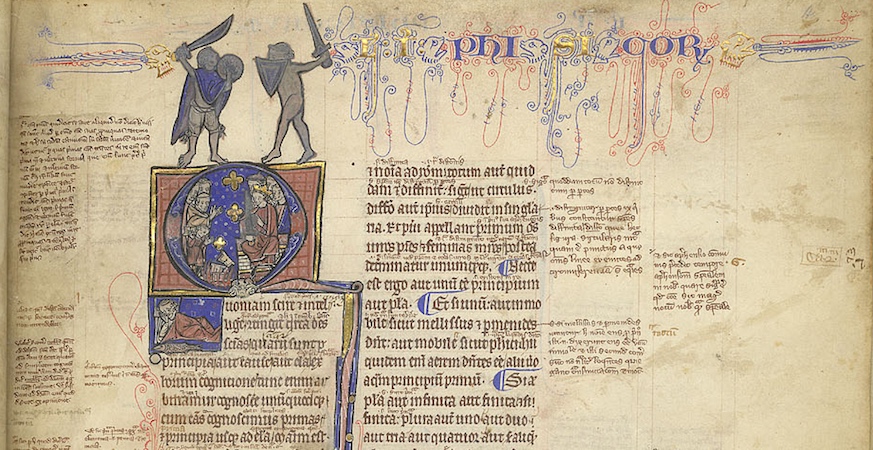The Antinet’s structure enables you to retain more knowledge and connections than you ever thought possible. You’ll begin to notice yourself reading differently. Certain keyterms you’ve stamped onto your mind by way of the deliberate act of writing them onto your index will start to arise while reading; all you have to do oftentimes is simply write down the keyterm in the book’s margin. Or, if you do not wish to write in a book’s margins, you can write the keyterm down on a notecard you keep with you while reading, which is what Luhmann did. This notecard acts as a staging area for your thoughts before you transform them into full reflections on individual cards.
Algo similar me pasó con Hypothesis durante la escritura doctoral. Sin embargo, fui grandemente ayudado por los sistemas de autocompleción de etiquetas en Hypothesis, de modo que, cuando estaba etiquetando una lectura, encontraba otras etiquetas que ya había usado y un orden emergente iba ocurriendo en mi forma de leer, que luego empleaba para mi forma de escribir.

 <small>Detail, London, British Library, Harley MS 3487 (13th century)—[source](
<small>Detail, London, British Library, Harley MS 3487 (13th century)—[source](